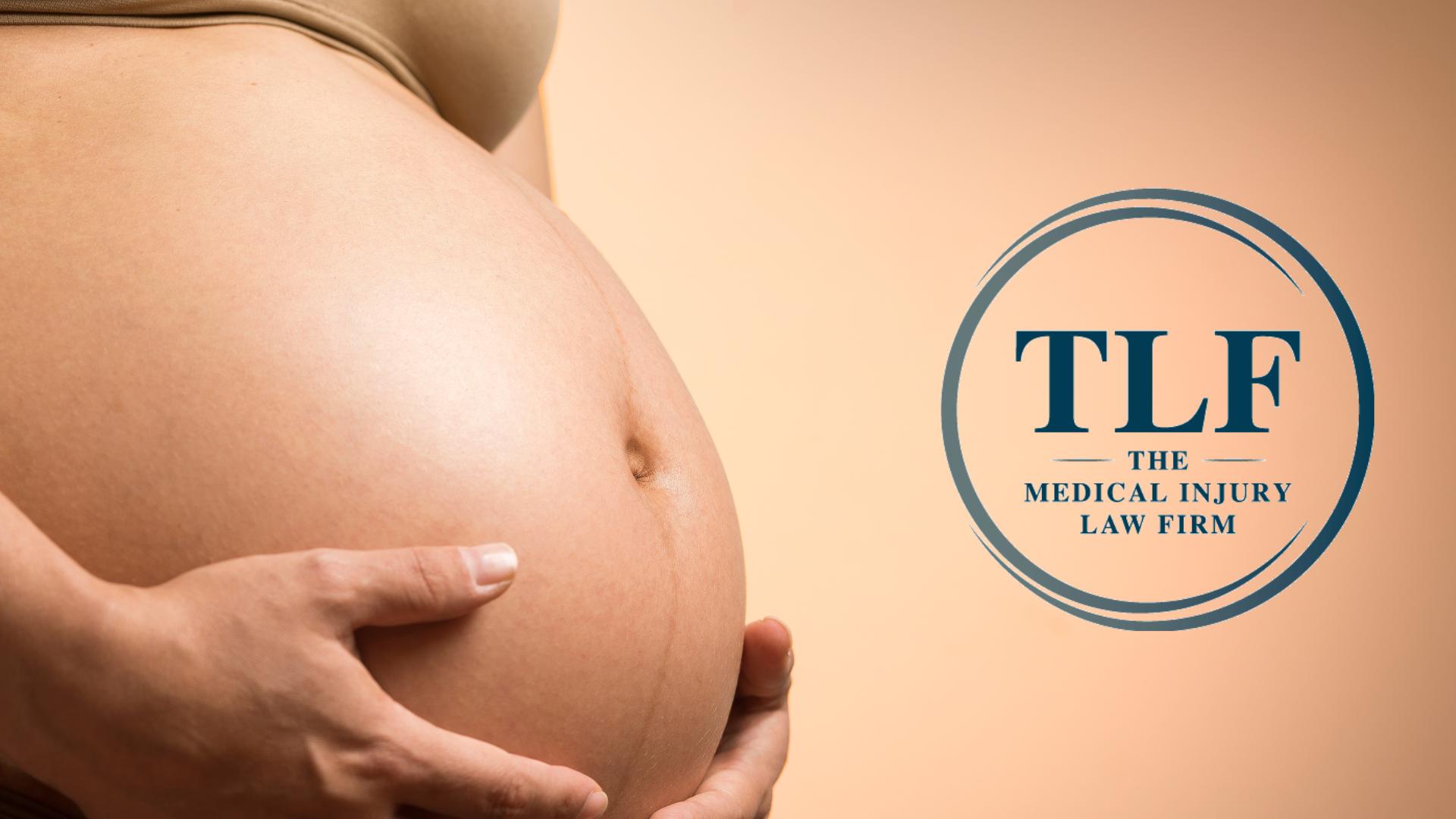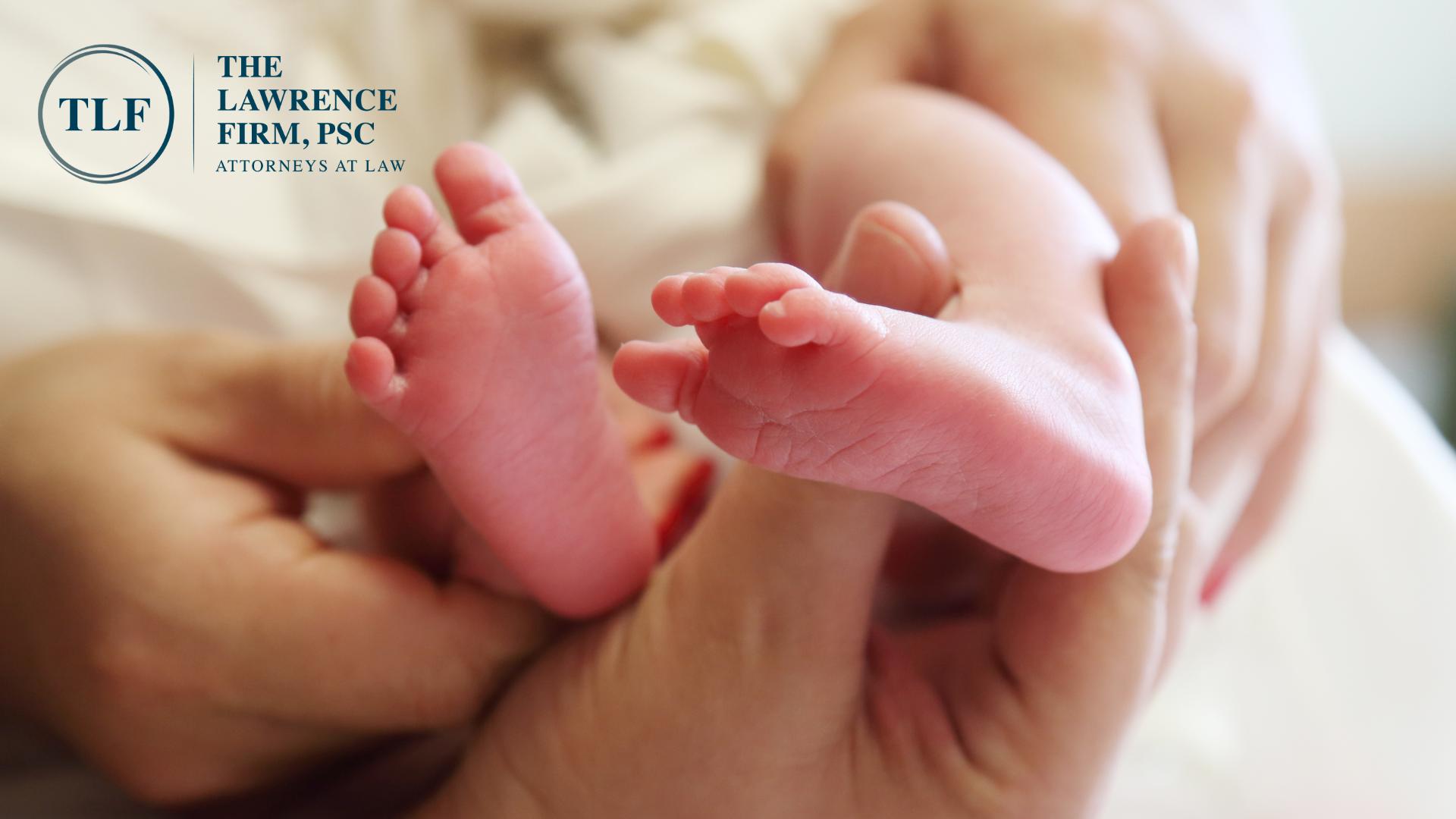Putting Our Knowledge And Experience To Work
Home » Birth Injuries » Fetal Distress
Ohio and Northern Kentucky Fetal Distress Malpractice Lawyers
Pregnant women go into labor, leave everything up to the medical professionals, and trust that they will care for them and their baby during delivery. When a birth injury occurs during the delivery process due to negligence, a happy and joyous occasion can suddenly become very scary for both the mother and child. You could have a medical malpractice case if your baby experienced fetal distress during labor and delivery. The Ohio and Northern Kentucky birth injury lawyers at TLF: The Medical Injury Law Firm are experienced in representing families pursuing medical malpractice cases and will fight for you to receive the maximum compensation you deserve. If you live in Ohio or Northern Kentucky and believe your child was injured as a result of a fetal distress, contact the legal team at TLF today to schedule a free initial consultation by calling (800) 698-4054 or completing our online intake form.
What is Fetal Distress?
Fetal distress is an emergency complication during pregnancy, labor, and delivery in which the baby is deprived of oxygen and other nutrients. In recent years, health care professionals have replaced “fetal distress” with NRFS, non-reassuring fetal status. When the fetus shows signs of something wrong, like changes in heart rate or oxygen levels, it is called NRFS.
What Causes Fetal Distress?
Fetal distress is most commonly caused by the fetus not receiving enough oxygen from the mother. If anything interrupts the mother’s supply of oxygen to the baby, it can cause fetal distress.
Listed below are additional conditions that may cause or be a result of fetal distress:
- Abnormally low blood pressure
- Too frequent contractions (tachysystole)
- Fetal anemia
- Preeclampsia
- Umbilical cord compression
- Abnormal positioning of the fetus
- Pregnancy-induced hypertension (high blood pressure caused by pregnancy)
- Fetal growth restriction (small fetus for gestational age)
- Prolonged labor or other problems during labor
- Macrosomia (unusually large fetus for gestational age)
- Meconium (baby’s stool) in the amniotic fluid
- Uterine rupture
- A maternal chronic condition like kidney disease, heart disease, or diabetes
- Shoulder dystocia
Signs of Fetal Distress
The signs of fetal distress can vary between pregnant women, so it’s crucial to schedule regular prenatal checks and ultrasounds so your doctor can catch the signs of fetal distress and plan accordingly.
Listed below are some signs that are associated with fetal distress:
- Abnormal weight changes
- Abnormal fetal heart rate
- Decreased amniotic fluid
- Reduced fetal movement
- High blood pressure
- Uterine contractions that are too frequent and too strong
- Vagnial bleeding

Injuries Caused By Negligent Fetal Monitoring
You should be hooked to a fetal monitoring device so your doctor and nurses can monitor your baby’s heartbeat throughout the labor and delivery process. It’s not unusual for the baby’s heart rate to change throughout childbirth. But when those changes become abnormal, it could indicate that the baby is not receiving enough oxygen or other serious problems. When this occurs, the doctor must consider options to speed up the delivery of the baby, such as emergency C-section.
An electronic fetal monitor is used during almost every labor and delivery. It’s simply a device medical professionals use to monitor the fetus during this process. However, if the mother is not placed on the monitor or if the readings are not monitored or not appreciated, the medical staff can miss signs that the baby is in distress.
During labor and delivery, the baby undergoes an immense amount of stress. While babies typically have a high tolerance for stress, when the birthing process becomes prolonged, the baby’s ability to withstand the normal stresses of labor may be reduced and the baby can start to suffer. This is why fetal monitoring is so important. Signs of distress will be evident on the fetal monitor if the baby is struggling. If the fetal heart rate is not monitored because it is not hooked up, hooked up incorrectly, or not being competently monitored the doctors and nurses may miss obvious signs of fetal distress and the need to expedite delivery. When fetal distress occurs, the medical team needs to act quickly; any delay in helping get oxygen to the baby can cause serious injuries.
If fetal distress is unappreciated or ignored on the fetal monitor, the baby may be in a hypoxic environment and may struggle to receive adequate oxygen and blood flow during labor and delivery. As the baby develops hypoxia, his or her body can have difficulty functioning due to its blood becoming too acidic. If the doctors and nurses don’t act quickly to deliver the baby when this happens, the baby can develop hypoxic-ischemic encephalopathy. HIE is a serious brain injury caused by a lack of oxygen and blood flow to the brain and can cause babies to suffer from seizures and develop cerebral palsy.

Can I Sue For Fetal Distress?
If it can be demonstrated that the healthcare provider was negligent in causing fetal distress or failing to appreciate signs of fetal distress and your baby is injured as a result, it may be possible to recover compensation through a medical malpractice lawsuit. To sue for fetal distress, it is necessary to establish that a healthcare provider failed to provide the standard of care that would be expected of a competent medical professional in the same situation. This could include, for example, failing to monitor the baby’s fetal heart rate, failing to detect signs of distress, or failing to take appropriate action to address the distress. It must also be proven that the failure of the medical team to meet the standard of care was the cause of your child’s injury.
When considering a medical malpractice lawsuit, it’s important to keep medical records and other documents that can help your attorneys prove that medical negligence caused your baby to suffer from birth injuries. It is also important to note that medical malpractice cases can be complex and challenging, and it is generally recommended to seek the advice of an experienced attorney, such as the birth injury and medical malpractice attorneys at TLF if you believe you may have a case.

Ohio and Northern Kentucky Medical Malpractice Attorneys for Fetal Distress Birth Injuries
Fetal distress claims and other obstetric malpractice cases are very serious, so you need an experienced medical malpractice attorney on your side every step of the way. At TLF: The Medical Injury Law Firm, our team of Ohio and Northern Kentucky medical malpractice attorneys has over 50 years of experience handling medical malpractice and birth injury lawsuits. If your baby suffered from fetal distress that led to severe brain injury or other birth injuries due to your doctor’s medical negligence, you could have a medical malpractice case. Call TLF today at (800) 698-4054 to schedule a free consultation with one of our experienced medical malpractice attorneys.
